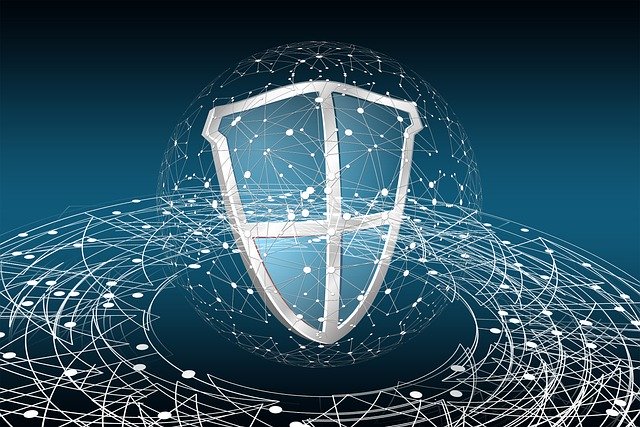As the volume and style of cyberattacks emerge, this year is likely to see the following cybersecurity trends:
1. More privacy protection
In 2023, “65% of the world’s population will have personal data covered under modern privacy regulations, up from 10% in 2020” (Global researcher, Gartner). Increasingly, online users are concerned about their privacy and the protection of their personal data. This is especially important as social engineering is an increasingly common form of cyberattack. This involves taking a social approach (via a fake internal email, for example) to obtaining critical information.
2. Greater outsourcing
The fast moving and complex nature of cybersecurity will increase the number of organisations preferring to outsource this vital task, following the pattern seen with managed IT services.
3. Cyber insurance requirements
It is becoming increasingly difficult for companies to find affordable cyber insurance, or to access cover. Conducting risk assessments highlighting the level of cybersecurity activities proactively informs cyber insurance decisions around insurance gaps, limits and coverage.
4. Increase in zero-trust environments
Zero Trust is a security framework requiring all users, whether in or outside the organisation’s network, to be continuously validated, reassessed and reauthorised using multiple authentication methods. This is intended to protect access to the company’s applications and data. As well as offering increased security, zero-trust environments offer scalability beyond the capability of virtual private networks (VPN). This is important given the ongoing trend for remote working.


